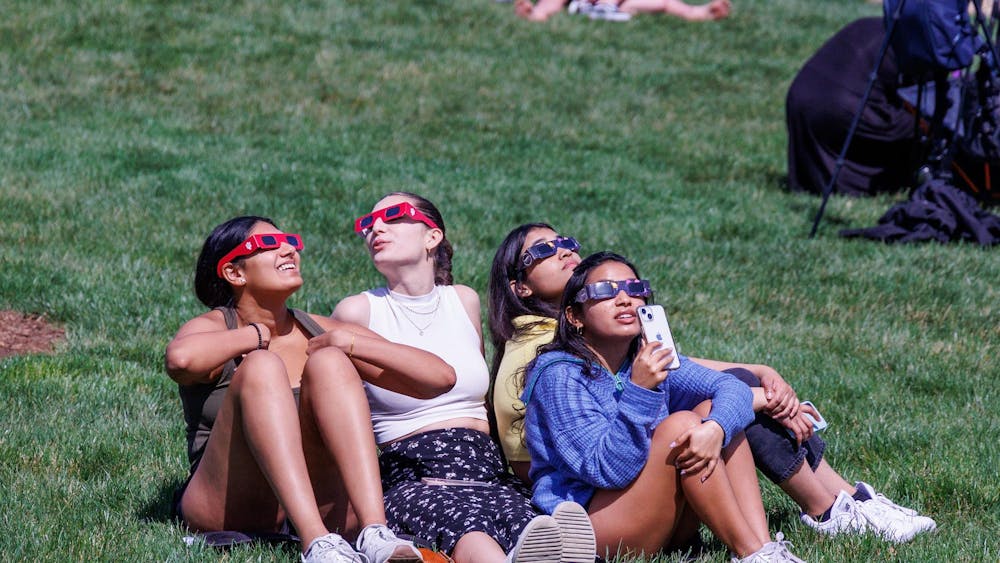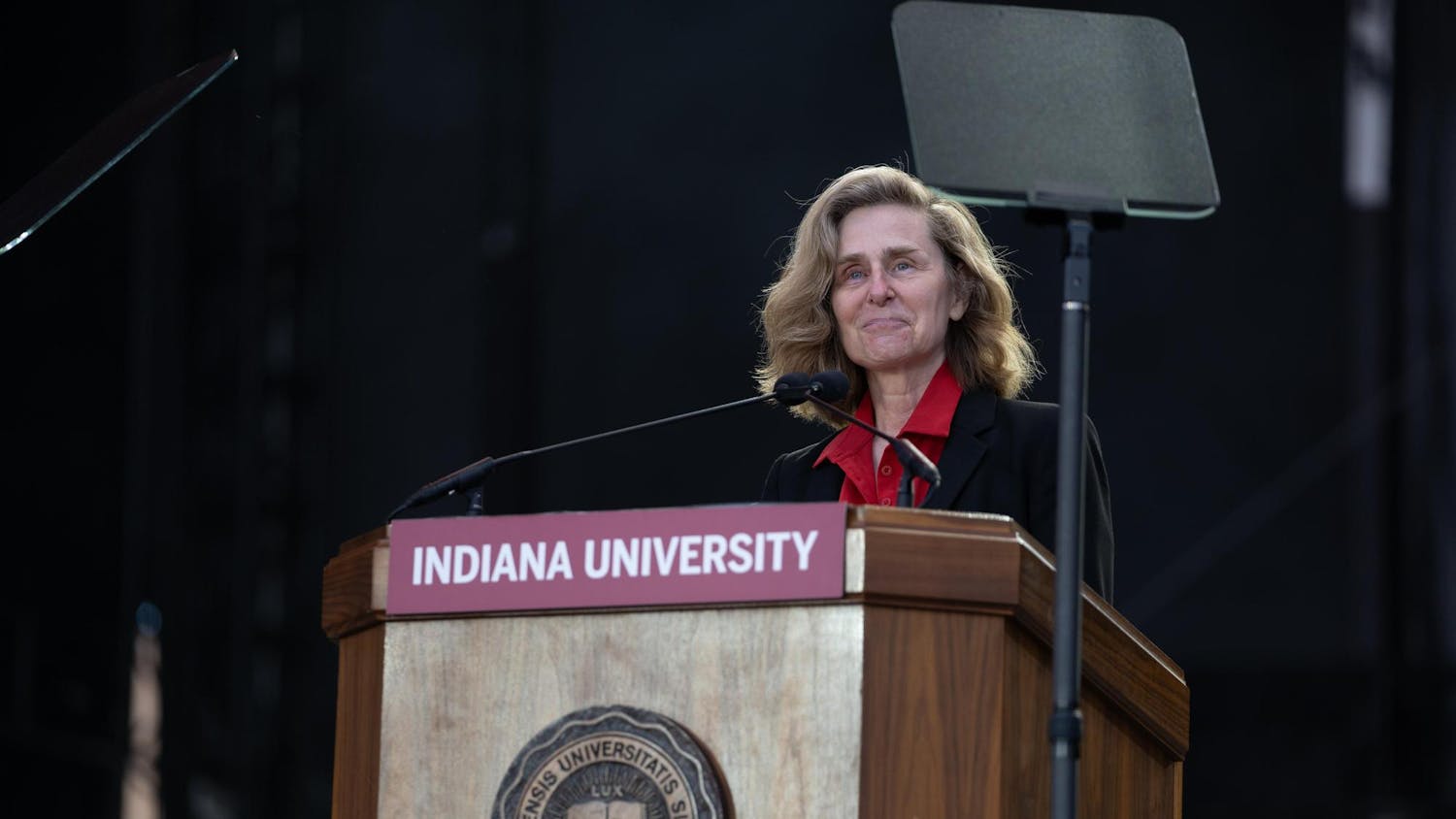We’re obsessed with labeling. We like niches.
Netflix is divided into crisp, neat categories like “Faith and Spirituality,” “Classics,” “Independent” and, of course, “Gay and Lesbian.”
The ambiguity of these genres produces anxiety in users.
Determining what these categories mean turns into an exploration of definitions.
B. Ruby Rich is a preeminent queer film scholar and coined the term “New Queer Cinema,” a particular movement that came out of “Reagan, AIDS, the invention of camcorders ... cheap rent,” she said at a book launch in Toronto as quoted by Indiewire.
Queer film has almost always existed on the fringes.
Rich writes about the early American avant-garde, a scene filled with queer figures such as Kenneth Anger and Andy Warhol.
Marginality is not a symptom of queer film. It’s a trait. Existing on the margins and thriving on low budgets is part of resistance to established film norms.
Queer film has always been about being abnormal, about being anti, about being critical of both heteronormativity and homonormativity.
Queer film doesn’t seek to fit into easy boxes of positive or negative portrayals.
This resistance was a big part of films that starred “unlikeable” gays like those in Todd Haynes’ “Poison” or Gus Van Sant’s “My Own Private Idaho.”
The push against respectability, however, collapsed as queer film received more acceptance and turned into films like “Brokeback Mountain” and “Behind the Candelabra.”
Normalization is not the goal of queer film, if we are seeking to have a definition for queer film at all.
A definition is an impossible task for a large body of distinct and conflicting work.
LGBT film is different from queer film, and both have unlimited examples of outliers.
LGBT film is often, as seen on the Netflix tag, merely gay romances and/or films with LGBT protagonists.
It doesn’t claim to be nor is as revolutionary as queer film’s ethos.
Queer film is a resistance. Queer film is an intervention. Queer film is, essentially, a disruption to the hegemony.
Works by people like John Waters, Richard Fung, Barbara Hammer and Cheryl Dunye all work to disrupt narratives of civility, racial inequality, sexism and whiteness.
Filmmakers like this are living on the margins in terms of reception and regard.
But they are doing the work to disrupt notions of what it means to be queer and the idea that queerness is monolithic.
Queerness is a fluid mixture of many things.
Historically LGBT films and media often toss transgender and gender nonconforming folks to the side. Often trans roles are played by cisgender people like in “Transparent,” “Dallas Buyers Club” and “The Danish Girl.”
These are roles that would be amazing for trans folks who often live in poverty — not for representation but instead for economic equality.
Visibility does not equal justice, but economic equality is certainly a step toward equity.
If queer film is going to continue to disrupt notions of normativity and hegemony, it has to start excavating gender identity and normative notions of those systems.
More access to resources has to exist for trans and nonbinary filmmakers.
For all its problems and multiplicities, queer film at the root has been about being a disruption.
And this disruption come in all forms.
Disrupting film festivals with the rupture of seeing the body as explicitly queer in sexual films; disrupting romance as being about a man and a woman; disrupting ideas that queer people must be respectable or good to be acceptable, that queer people are the same or that they are different; and disrupting the idea that queerness doesn’t exist.
jkrathwo@indiana.edu
@lordjoshuabyron





